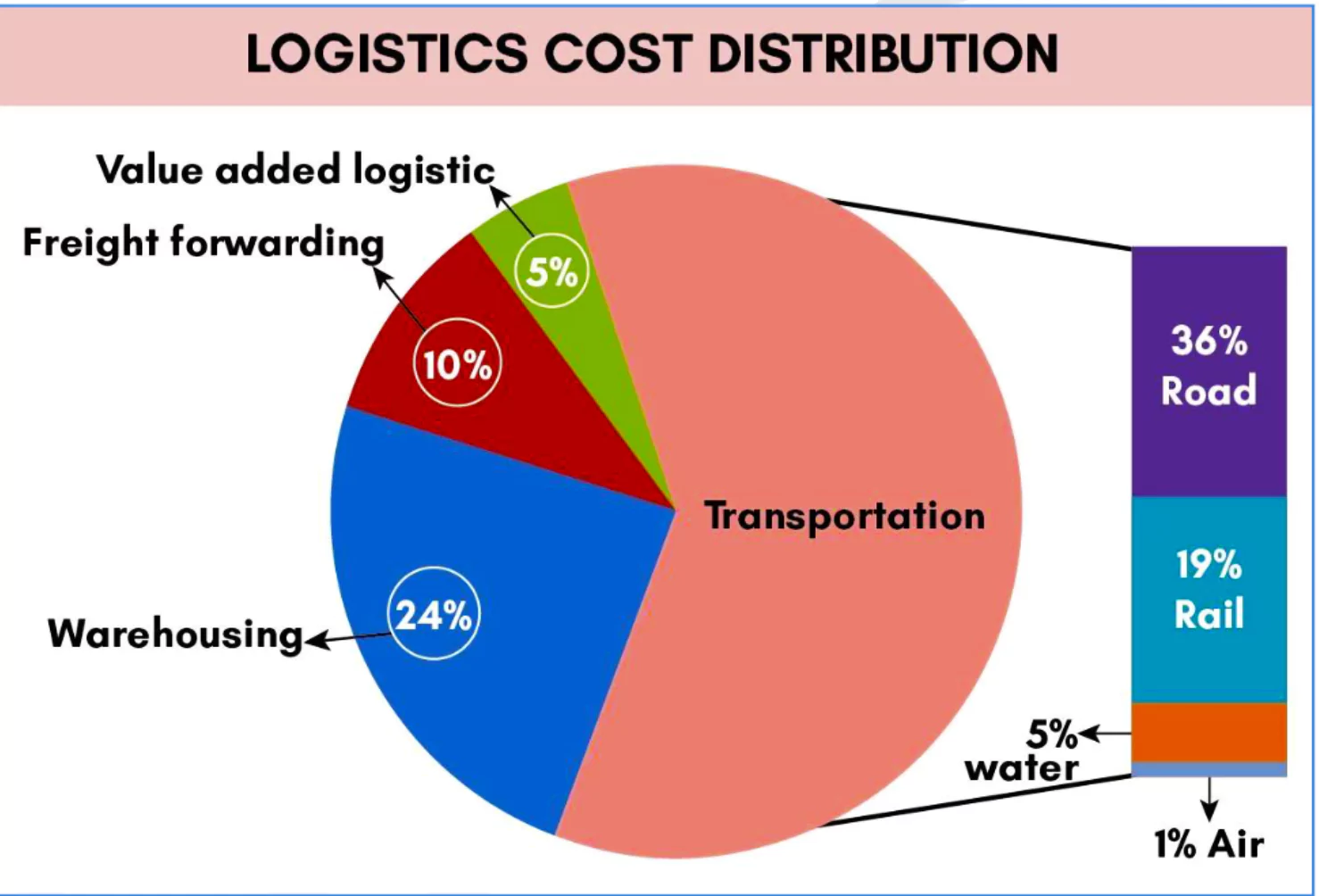![]() 18 Mar 2024
18 Mar 2024

This Article is based on the news “Nation’s first interstate multi-modal transport hub coming up near Delhi airport” which was published in the Indian Express. Recently the Indian Railways plans to develop multimodal transport hubs.
| Relevancy for Prelims: Indian Railways, Connecting Nations, Green Hydrogen In Transport Sector, Eastern Dedicated Freight Corridor, and Viksit Bharat @2047.
Relevancy for Mains: Multimodal Transportation and Multimodal Logistics: Status, Advantages, Challenges, and Way Forward. |
|---|

Law Governing Multi Modal Transport and Logistics in India
|
|---|
 Transportation Costs: Currently, transportation is considered to be most crucial logistics activity which almost accounts for 50- 60% of logistics cost followed.
Transportation Costs: Currently, transportation is considered to be most crucial logistics activity which almost accounts for 50- 60% of logistics cost followed.
| Must Read | |
| NCERT Notes For UPSC | UPSC Daily Current Affairs |
| UPSC Blogs | UPSC Daily Editorials |
| Daily Current Affairs Quiz | Daily Main Answer Writing |
| UPSC Mains Previous Year Papers | UPSC Test Series 2024 |

<div class="new-fform">
</div>